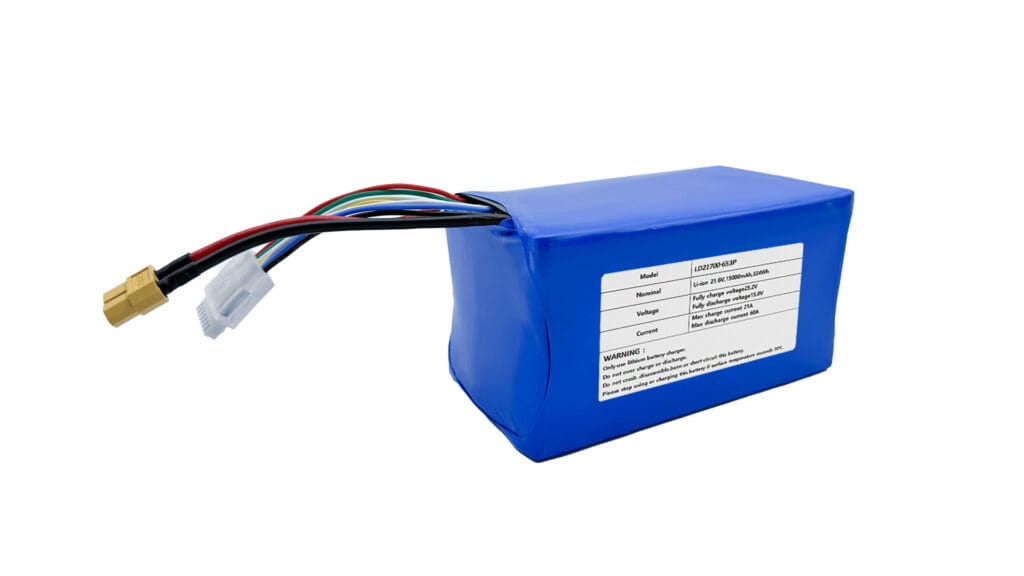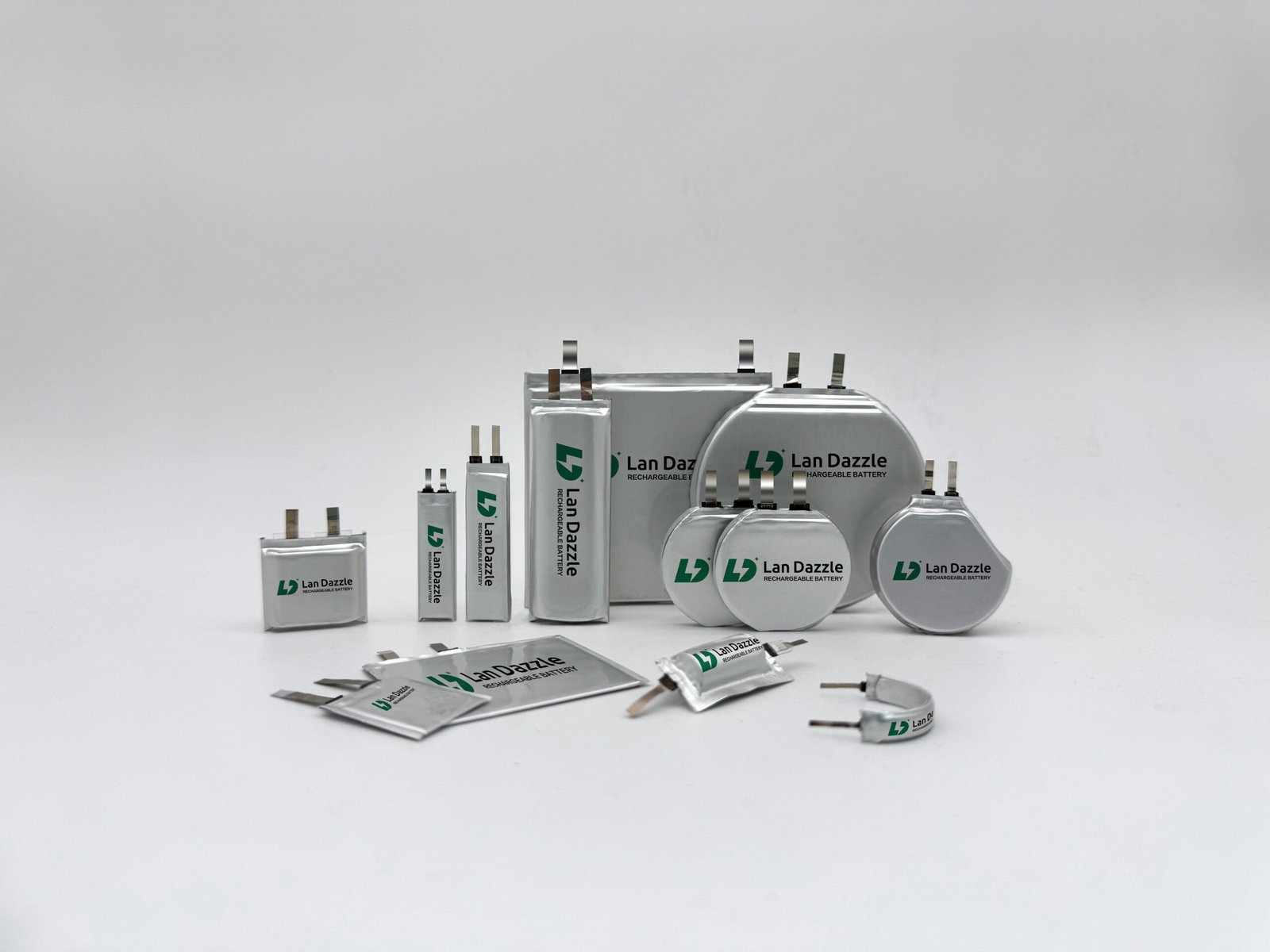Imagine the frustration of working on a crucial document, only for a sudden power outage to plunge your computer into darkness, potentially losing unsaved progress. Or consider a small business where a momentary power dip causes the point-of-sale system to crash, disrupting transactions. These scenarios highlight our reliance on a stable power supply for our electronic devices. The unsung hero that prevents such disruptions is the UPS battery.
What Exactly is a UPS Battery?
A UPS, or Uninterruptible Power Supply, is a device that provides backup power when the regular power source fails or drops to an unacceptable voltage level. At the heart of a UPS lies its battery, which serves as the energy storage component. Think of the UPS as a guardian for your electronics, and the battery as its reserve fuel tank. When the main power is available, the UPS charges this battery, keeping it ready for deployment.
The primary function of the UPS battery is to provide immediate, temporary power to connected devices during a power outage. This crucial intervention prevents abrupt shutdowns that can lead to data loss, hardware damage, and business downtime. It’s important to differentiate a UPS from a simple surge protector. While a surge protector safeguards against voltage spikes, a UPS with a battery offers sustained power, bridging the gap until the main power returns or allowing for a controlled shutdown.
According to a 2023 report by the U.S. Energy Information Administration, the average U.S. customer experienced just over seven hours of power interruptions in 2021, underscoring the practical need for such backup solutions. For a home office user, this could mean the difference between losing an important document and having enough time to save it properly. For a small retail business, it could prevent the loss of a sale due to a temporary power flicker affecting their payment system.
How Does a UPS Battery Work?
During normal operation, a UPS constantly monitors the incoming AC (Alternating Current) power. Simultaneously, it charges its internal battery, ensuring a full reservoir of energy. When the UPS detects a power outage or a significant voltage drop, it instantaneously switches to drawing power from the UPS battery. This switchover typically happens so quickly (often within 2-10 milliseconds) that connected equipment usually doesn’t even notice the interruption.
The power stored in the battery is in the form of DC (Direct Current). To power most electronic devices, which require AC, the UPS employs an internal component called an inverter. The inverter converts the DC battery power back into AC power, allowing your computers, monitors, and other equipment to continue running smoothly.
Once the main power supply is restored and stable, the UPS automatically switches back to AC power and begins recharging the battery, ready for the next potential outage. Imagine your home lights flickering briefly during a storm, but your computer, plugged into a UPS, remains on without any interruption – this seamless transition is a direct result of the UPS battery kicking in and the inverter providing the necessary AC power.
Different Types of UPS Batteries
The type of battery used in a UPS significantly impacts its performance, lifespan, and cost. The two most prevalent types are lead-acid batteries and lithium-ion batteries.
Lead-Acid Batteries: These are a more established technology in the UPS market. Within this category, Valve Regulated Lead Acid (VRLA) batteries, often referred to as sealed lead-acid batteries, are commonly used. They are known for their reliability and relatively lower cost compared to lithium-ion. However, they tend to be heavier and may have a shorter lifespan, typically ranging from 3 to 5 years depending on usage and environmental conditions.
Lithium-Ion Batteries: Increasingly popular in modern UPS systems, lithium-ion batteries offer several advantages. They are significantly lighter, have a longer lifespan (often 5-10 years or more), and boast higher energy density, meaning they can store more power for their size and weight. While the initial cost of a UPS with a lithium-ion battery might be higher, their extended lifespan and performance benefits often make them a compelling choice. For instance, lithium-ion batteries can be up to 70% lighter than comparable lead-acid batteries, making UPS units more portable and easier to handle.
Why is a UPS Battery Important?
The importance of a UPS battery extends beyond simply keeping your devices on during a blackout. It plays a critical role in:
- Protecting Against Data Loss: For computer users, a sudden power failure can lead to the loss of unsaved work. A UPS provides the precious minutes needed to save files and safely shut down systems.
- Preventing Hardware Damage: Power surges, spikes, and brownouts can damage sensitive electronic equipment. A UPS conditions the incoming power and provides a stable output, safeguarding your investments.
- Ensuring Business Continuity: For small businesses, power interruptions can halt critical operations like point-of-sale systems, network infrastructure, and security systems. A UPS ensures these continue to function, minimizing downtime and potential revenue loss. A study by IBM estimated the average cost of a data center outage at around $9,000 per minute, highlighting the significant financial implications of power loss, even on a smaller scale.
- Providing Time for Safe Shutdown: Abruptly cutting power to certain devices, like servers, can lead to file system corruption and other issues. A UPS allows for a controlled and orderly shutdown.
- Maintaining Connectivity: In today’s connected world, even a brief internet outage can be disruptive. A UPS can keep your modem and router powered, ensuring you stay online.
Consider a graphic designer working on a complex project during a thunderstorm. Without a UPS, a momentary power cut could mean hours of lost work. With a UPS, they have ample time to save their progress. Similarly, a small online retailer relying on their website for sales can continue processing transactions during a brief power flicker if their crucial equipment is backed up by a UPS.
Choosing and Maintaining a UPS Battery
Selecting the right UPS involves considering the total power consumption of the devices you need to protect, usually measured in Volt-Amperes (VA) or Watts. You’ll want to choose a UPS with a capacity slightly higher than your total load to allow for growth and efficiency. Another crucial factor is the desired runtime – how long you need the battery to power your equipment during an outage.
Maintaining your UPS battery is also essential for its longevity and reliability. Avoid exposing the UPS to extreme temperatures, as this can degrade battery performance. Many UPS systems have self-test functions; running these periodically can help ensure the battery is functioning correctly.
Eventually, every UPS battery will need replacement. Common signs that your battery is nearing the end of its life include a significantly reduced runtime during power outages, the UPS beeping more frequently than usual, or the UPS management software indicating a battery issue. Most UPS systems have replaceable batteries, and finding a compatible replacement is usually straightforward.
Many manufacturers recommend replacing lead-acid UPS batteries every 3 to 5 years, but this can vary based on usage and environmental factors. To determine the appropriate UPS size for your needs, you would typically add up the wattage of all the devices you want to back up and then choose a UPS with a VA rating that accommodates this load, ideally with some headroom.
Conclusion
In a world increasingly reliant on electronic devices, the UPS battery is more than just a backup; it’s a crucial component for protecting your valuable equipment, preventing data loss, and ensuring continuity. Whether for a home office safeguarding important documents or a small business maintaining critical operations, understanding what a UPS battery is and its importance is a vital step towards reliable power management. Investing in a UPS is an investment in peace of mind and the longevity of your technology.
FAQ
-
What is the difference between a UPS and a surge protector?
- A surge protector only shields against sudden voltage spikes, while a UPS contains a battery to provide temporary power during complete outages or significant voltage drops.
-
How long will a UPS battery last during a power outage?
- The duration a UPS battery will power your devices depends on the battery’s capacity and the total power draw of the connected equipment. Runtimes can vary from a few minutes to well over an hour.
-
How do I know when to replace my UPS battery?
- Key indicators include a noticeably shorter backup time when the power goes out, the UPS beeping frequently, or software alerts indicating a battery problem.
-
Can I replace the battery in my UPS?
- Yes, the batteries in most UPS systems are designed to be replaceable. You’ll need to identify the correct replacement battery model for your specific UPS unit.
-
What size UPS do I need?
- To determine the appropriate size, calculate the total wattage (or VA) of all the devices you want to connect to the UPS and choose a UPS with a slightly higher rating to ensure sufficient capacity.





